Everyone who understands fiction knows that the romance genre offers stories in which two people (not necessarily a man and a woman anymore!) work through their struggles to achieve a lasting love relationship. Usually, one of those characters is a heroine, and one a hero. It’s the hero who interests me in this post. I’ve been thinking a lot about him lately: in today’s world, who is he, really? What kind of person can he be in order to both embody the essence of the genre and still be relevant to today’s reader?
A Quick Bit of History
First, what’s the essence of the genre? Most fans of romantic literature consider Jane Austen and Charlotte Bronte to be the “godmothers” of romance, and with good reason.
Pride and Prejudice and Jane Eyre are classic love stories, considered required reading for anyone who wants to understand the true spirit of romance.
More about their heroes in a moment.
In 1972, what most consider the first modern American romance novel was published, The Flame and the Flower by Kathleen E. Woodiwiss. http://www.amazon.com/The-Flame-Flower-Birmingham-Family/dp/0380005255. Ms. Woodiwiss (who sadly passed away in 2007) was the first romance novelist to follow the hero and heroine into the bedroom. Readers showed their approval of her enthralling saga with their pocketbooks, and a multibillion dollar publishing industry was born. Today, romance remains the top seller among all fiction genres.
Twenty years after Woodiwiss started it all, the mega-successful romance writer Jayne Ann Krenz edited a controversial book called Dangerous Men and Adventurous Women: Romance Writers on the Appeal of the Romance. http://www.amazon.com/Dangerous-Men-Adventurous-Women-Cultural/dp/0812214110 In this superb collection of essays, top-selling romance writers of the time talk about why so many women love this much-maligned fiction genre, and which elements make the genre work.
In an essay from that book entitled “Mean, Moody and Magnificent,” Robyn Donald explains why the genre requires a strong, often alpha male: “Until very recently in our historic past,” she says, “strong, successful, powerful men had the greatest prospects of fathering children who survived. If a woman formed a close bond with a man who was sensible, competent and quick-witted, one high up in the family or tribal pecking order, a man with the ability to provide food and protection for her and any children she might have, the chances of her children surviving were greater than those of a woman whose mate was inefficient.” Thus, the reasoning goes, modern women are attracted at the most fundamental, instinctual level to strong, virile, “winning” men, and that’s why romance readers (who are mainly women) like to read and fantasize about such characters, no matter what their present real-life circumstances are.
But is that still true? I mean, here we are, twenty-three years after that book, and women are competitive in virtually every cultural and economic sphere. It’s quite acceptable for a woman (or two) to go to a sperm bank and find the means to create her own children. Single-parent families of either gender are more common than not, and woe to anyone who expresses the opinion that it’s better to have “one of each” as part of the family structure. If women have “progressed” such a long way, why does the genre, which still serves up variations on the strong male archetype, continue to outsell others?
If it all boils down to “escapism,” why the need for those particular diversions?
I don’t have a clear-cut answer, just an opinion. I think that men are evolving (or simply changing, depending on your point of view) right along with women, and that is being reflected, even in the fantasy offered by the romance genre.
I can’t claim to be an expert in all sub-genres of romance. I know there are still many popular stories in which the female is subjugated and the hero is all-powerful. But that is definitely not mainstream romance in 2015. In the stories I read today, heroes are a lot more complex and well, human, than they were in the early days of the genre.
If you’re “of an age,” you no doubt remember when romances were referred to as “bodice-rippers.” That term, even now used by some ignorant critics, originally referred to scenes of women having their clothing ripped off by either bad guys (before being rescued by the Dudley Do-right-type hero) or by the hero himself, who, strong as he was, was overcome by his lust of the heroine.
Today the heroine is just as likely to begin ripping the shirt off her surprised (and usually pleased) hero!
The point is, today’s reader is much more willing to accept realistic flaws in the hero, even when she’s reading to escape her particular realities.
I’m not just talking about the mangled arm or leg from a selfless stint in war, or circumstances in which the hero loses his fortune due to unscrupulous characters. I’m talking about a former soldier suffering from PTSD in which he’s scared to death he might harm someone he loves, or a man who lost his way from drug or alcohol abuse. A man who let his love of riches overtake his duties as a father, or has such a need for reckless behavior that he alienates all who care about him. In other words, the heroes of today’s romances aren’t simply strong and virile men whose one weakness (or salvation) is the heroine. They are real people with real problems who find solutions (and not always tidy ones) with the help of the heroine. On the flip side, they are individuals who must come to grips with the complex problems the heroine has, or risk losing her. When it comes to the romance genre, we’ve come a long way, baby.
In my just-released romantic suspense novel, The Lair, for example, I have three heroic men – one main and two secondary characters. At the beginning of the novel, my protagonist, Gabe de la Torre, can’t be trusted, and must earn the heroine’s trust over the course of the story. Oh yeah, and he’s scared to death to fly. Another character, Dante Trevisan, himself dealing with an inferiority complex, must find a way to break through the emotional barriers put up by the woman he loves—a task so daunting that it brings him to tears. A third character, Marco Clemente, is a barrel–chested redhead (not your typical tall, dark and handsome type) who is deadly but still capable of expressing joyful love for his wife and son.
I believe that, no matter the subgenre (e.g. fantasy, paranormal, historical, LGBT), readers today want a greater degree of complexity in the heroes they invest their time in. They don’t mind darkness (in fact they want it) as long as there’s a way out of it through the relationship, rocky as it might be along the way.
And in this way, we’ve come full circle, I believe. Back to the complex heroes of Jane Eyre and Pride and Prejudice.
In JE, Rochester, although he has money, is hardly heroic; he’s hiding his crazed wife, for heaven’s sake, and more than that, he’s pretending she doesn’t exist in order to get Jane in his bed! And Darcy comes across in the beginning of P&P as the most elitist prig in the county … and he is. These guys are definitely flawed, and not in an attractive way.
As I flesh out the heroes in my books, I’m grateful that other romance authors paved the way for me to instill virtually any qualities, admirable or dicey, into the characters I create. I can go way beyond the “bad boy” stereotype. I can give them whatever demons I please (literally or figuratively, depending on the subgenre). They don’t have to be the strongest, or the wisest, or the bravest man in the room. In fact, they can be really screwed up. They can do stupid things or make egregious mistakes that could take a lifetime to rectify. They don’t have to sweep the heroine off her feet right away, or ever (literally, at least). In this regard, I hope men can take heart: you really can compete with today’s romantic heroes because often they make you look fantastic!
One requirement of the romance genre hasn’t changed, however, and I hope it never will, because that is what draws me and millions of other readers to it. No matter what issues the hero and heroine bring to the table, they must find a way to work through them in order to forge a successful relationship with each other. In romance jargon we call that the HEA, or “happily ever after.”
That, perhaps, is the juiciest bone for critics, after the unrealistic hero: the fact that, unlike real life, “things always work out.” Yes, they do, and yes, that does classify such stories as “escapism.” But detractors, take note: with more realistic heroes have come more realistic solutions. I would venture to say that more than one reader has thought, after reading a romance, “Hmm, maybe I’ll try that” —and she’s not referring strictly to lovemaking techniques!
What’s your take? Do you think heroes have more latitude today to be flawed? What are some of your favorite less-than-admirable characters?
I’d love to hear from you.
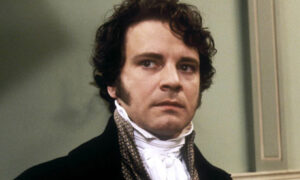
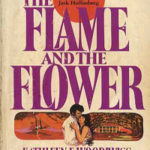
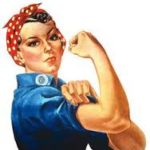


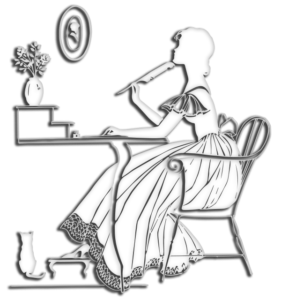
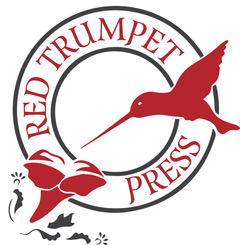
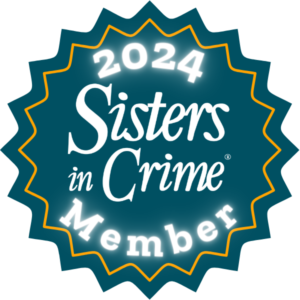
[…] good case can be made for “yes, that’s true.” Proof? In the post, How Flawed Can Today’s Romantic Hero Be? the author writes […]